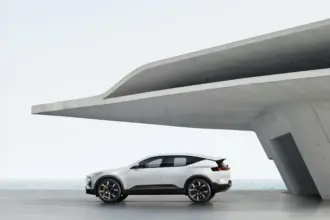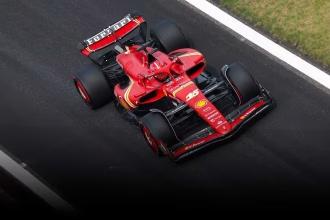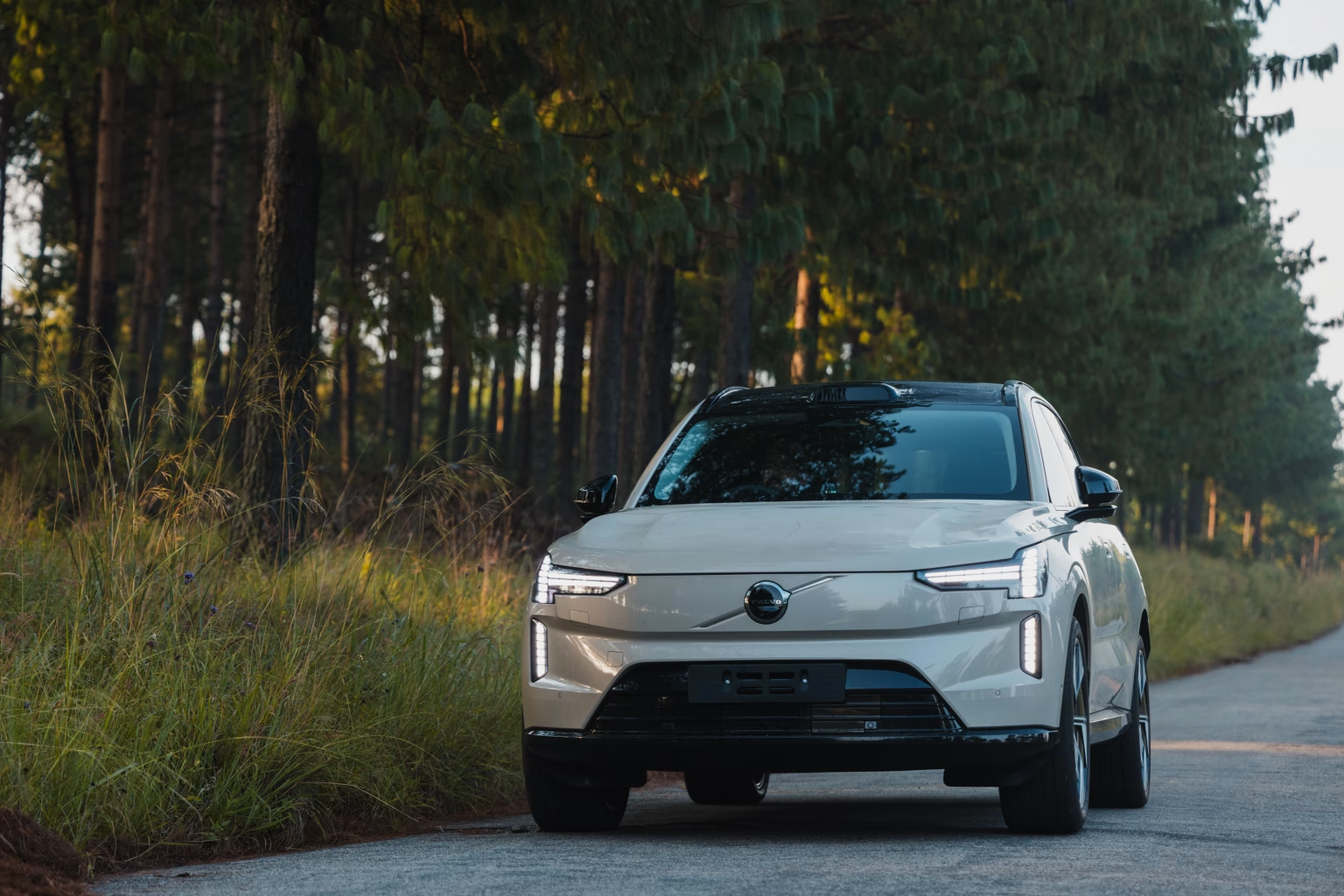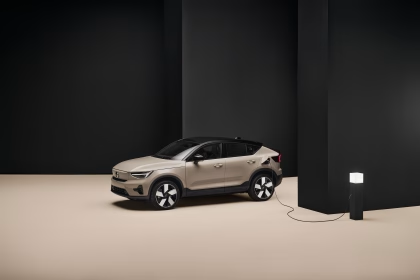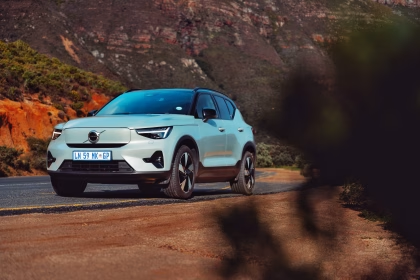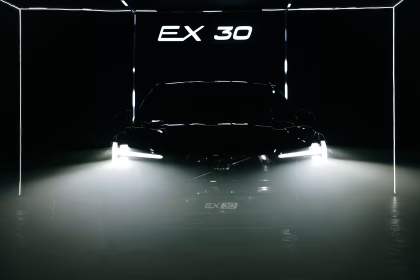Today marks Earth Day 2025, a global movement dedicated to educating and empowering businesses and individuals to make more sustainable choices, particularly in renewable energy. Celebrated annually since 1970, Earth Day 2025’s theme is “Our Power, Our Planet.” One of the aims is to triple the global generation of clean electricity by 2030.
Volvo, a leader in the South African electric vehicle market, has also set a goal for 2030 that aligns with Earth Day: to sell 90-100% electrified vehicles globally by the start of the new decade. “Following the successful introduction of the C40 and XC40 Recharge, as well as the award-winning EX30, Volvo has expanded its fully-electric lineup with the introduction of the EX90,” said Felipe Yagi, Head of Marketing & Communications at Volvo Car South Africa. “Later this year, we’re planning to introduce the ES90 luxury sedan and EX30 Cross Country, bringing electrification to an even wider range of customers.”
Electric vehicles are a natural fit with renewable energy, allowing stakeholders and businesses to contribute to creating a cleaner and greener environment for all. Zero Carbon Charge (CHARGE), for example, has embarked on an ambitious plan to roll out 120 off-the-grid charging stations across South Africa (at 150 km intervals), allowing owners to charge their electric cars emissions-free.

Of course, true sustainability extends beyond fully electric vehicles and plug-in hybrids. Volvo understands that the world’s natural resources are finite, which is why it has set a goal of becoming a circular business by 2040.
Volvo is committed to eliminating waste and pollution, which includes increasing the use of recycled materials and remanufacturing and reusing parts. The recently launched EX90, for instance, contains around 15% recycled steel, 25% recycled aluminium, and 48 kg of recycled plastics and bio-based materials.
Producing new parts requires plenty of energy and raw materials. By remanufacturing parts, Volvo could cut raw material usage by 85% and energy use by 86%. The company currently remanufactures as many as 36 different component groups, from engines to gearboxes, and in 2022, it saved more than 4,800 tonnes of CO2 by remanufacturing over 33,000 parts.
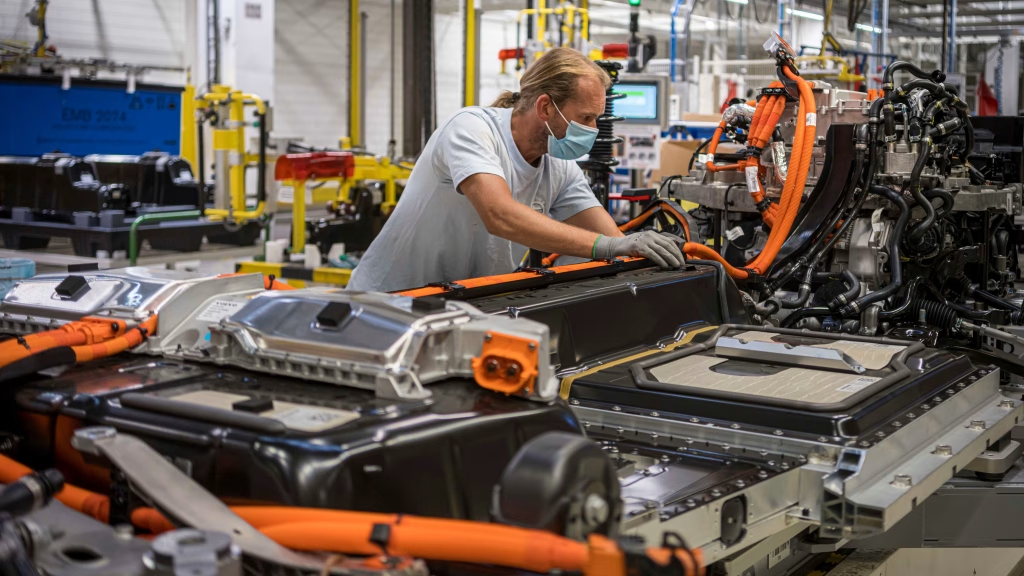
Volvo is no stranger to remanufacturing, having first implemented it in 1945 when it started the process with gearboxes. Sustainability has long been part of the Volvo fabric, even before it became widely discussed. In 1978, the Swedish automaker introduced the three-way catalytic converter with a Lambda sensor that reduced harmful emissions by as much as 90%. 13 years later, in 1991, Volvo introduced the world’s first car free from harmful chlorofluorocarbons (CFC). In 1993, the entire lineup was free of CFCs.
Looking ahead, Volvo’s commitment to sustainability will continue to evolve through innovations in electrification and renewable energy integration. As the company expands its electric vehicle lineup, Volvo aims to introduce even more sustainable mobility solutions. By focusing on electrified vehicles and renewable energy, Volvo is committed to making it easier for people to reduce their environmental impact in everyday life, creating a more sustainable future together.


